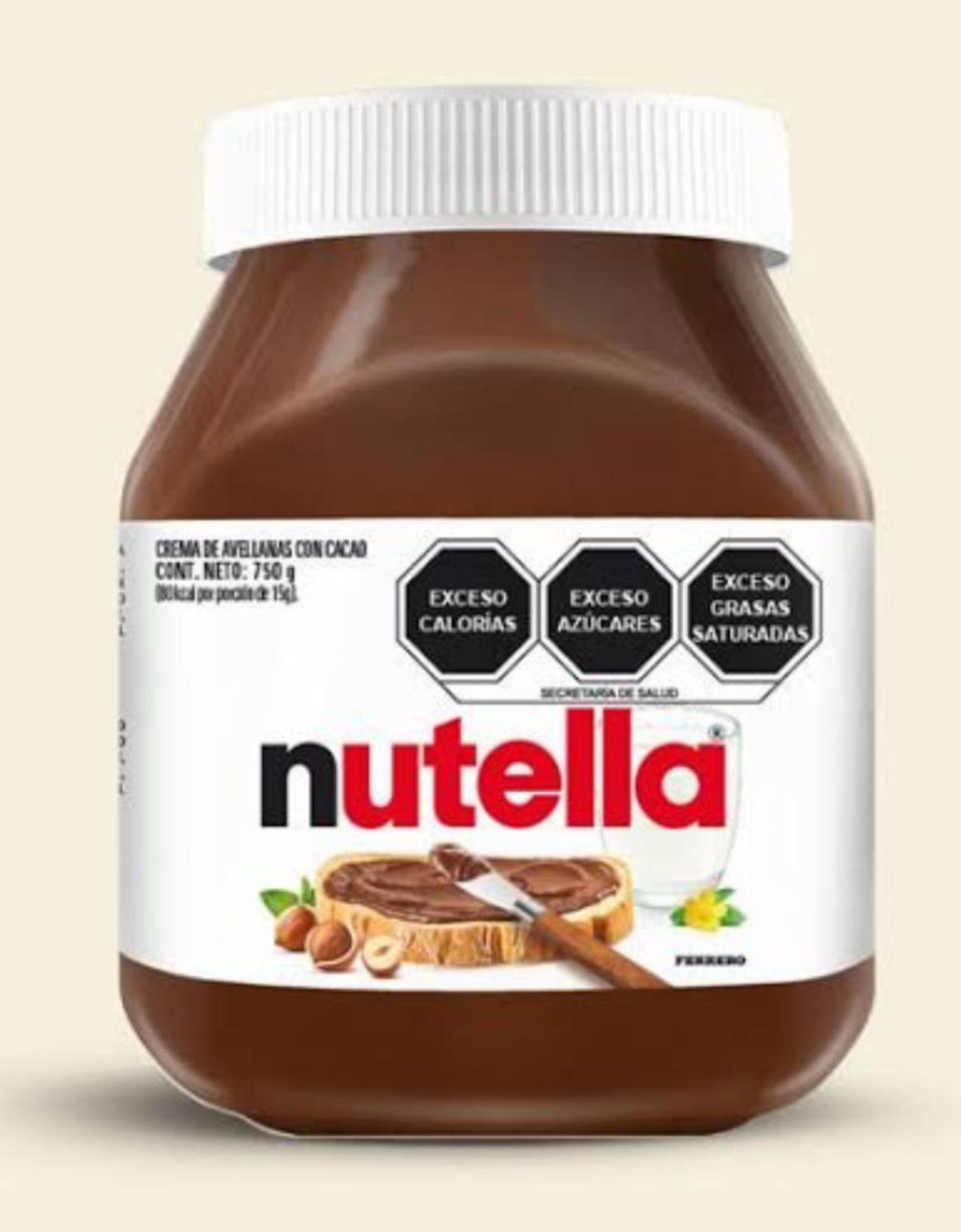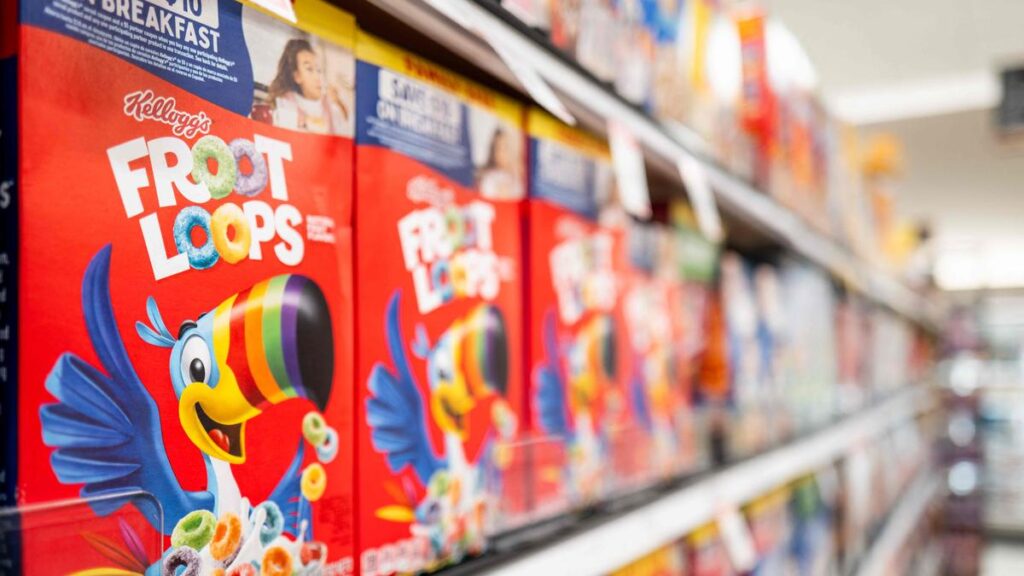
The panel also called for restrictions on HFSS food marketing — especially toward children and for mandatory warnings around schools and on digital platforms |Image used for representational purpose only
| Photo Credit: Getty Images via AFP
A collective of public health experts, scientists, legal professionals, and consumer rights advocates on June 3, 2025 issued a renewed call to the Central government to adopt mandatory front-of-pack warning labels on food and beverage products high in fat, sugar, and salt (HFSS). The demand was made during a virtual press conference convened to launch a national Position Statement on Front-of-Pack Nutrition Labelling (FOPNL).
The event, organised by the Nutrition Advocacy in Public Interest (NAPi), brought together more than 25 health and civil society organisations that have endorsed the Position Statement.
The context for the conference was the Supreme Court’s observation during a hearing in April 2025 on a public interest litigation concerning misleading food packaging and inadequate labelling practices. The Court noted that several widely consumed packaged food products, lacked clear front-of-pack information regarding their health risks. It directed the Food Safety and Standards Authority of India (FSSAI) to revise and finalise its pending 2022 draft regulation on FOPNL within a three-month timeframe.
The Position Statement presented at the conference calls for the immediate implementation of interpretive warning labels on HFSS products to enable informed consumer choices and stem the growing tide of non-communicable diseases (NCDs) in India.
K. Srinath Reddy, former president of the Public Health Foundation of India, highlighted the dangers of ultra-processed foods (UPFs), likening their health claims to the paradox of breathing polluted air. “Saying ultra-processed food gives nutrients is like saying polluted air also gives oxygen,” he said. Speakers Arun Gupta, National Convener of NAPi, elaborated on India’s regulatory delays and called for a policy that reflects global health standards.
Chandrakant Lahariya of the Foundation for People-centric Health Systems, presented scientific findings from India, reiterating that HFSS foods are directly linked to the rise in lifestyle diseases. Diabetologist Banshi Saboo highlighted the alarming increase in diabetes and obesity, stating that consumer choices are heavily influenced by deceptive packaging and unregulated health claims.
Ashim Sanyal, chief operating cfficer at VOICE( Voluntary Organisation in Interest of Consumer Education) addressed the issue of label literacy and the confusion caused by star-based or traffic light labelling systems, while senior advocates M.R. Rajendran Nair and Rajiv Shankar Dvivedi detailed the Supreme Court’s observations in the ongoing PIL seeking stricter food labelling regulations.

Ultra-processed foods generally have higher sugar content compared to minimally processed foods, image from the conference discussing food content and the need for clear labelling.
| Photo Credit:
Special Arrangement

Call for WHO-alinged nutrient profiling model
In India, a multi-state trial conducted in 2022 by the International Institute for Population Sciences (IIPS), Mumbai and CMR – NIN in India with over 2,800 participants showed that warning labels outperformed all other forms of labelling in enabling consumers to identify unhealthy products. A separate study by ICMR-NIN confirmed that brief exposure to such labels led to measurable changes in purchasing decisions.
Speakers also discussed the Indian Nutrition Rating (INR), a star-based system proposed by the FSSAI, saying that it fails to alert consumers about health risks. Instead, they pointed out, it creates a “health halo” around processed food products that should be avoided, not encouraged.
Drawing on international examples, the panel referred to Chile’s use of black octagonal warning labels that state “High in Sugar,” “High in Salt,” or “High in Fat.” The introduction of these labels resulted in a 24 % drop in sugary beverage consumption within the first year of implementation. Mexico adopted similar warning labels after years of rising obesity. These systems are based on nutrient profiling models recommended by the WHO, and they have shown that clear, interpretive warnings are more effective than numeric or star-based labels in influencing consumer behaviour and industry practices.

Chile uses black, octagonal warning labels (known as “high in” labels) on packaged foods and beverages that exceed certain nutrient thresholds for sugar, sodium, saturated fat, and/or calories. These labels are mandated by the Chilean Law of Food Labeling and Advertising
| Photo Credit:
Special Arrangement

Crucially, the Statement calls for the Indian government to safeguard labelling laws from being weakened in international trade negotiations, such as the ongoing India–UK Free Trade Agreement.
Published – June 06, 2025 10:19 am IST

